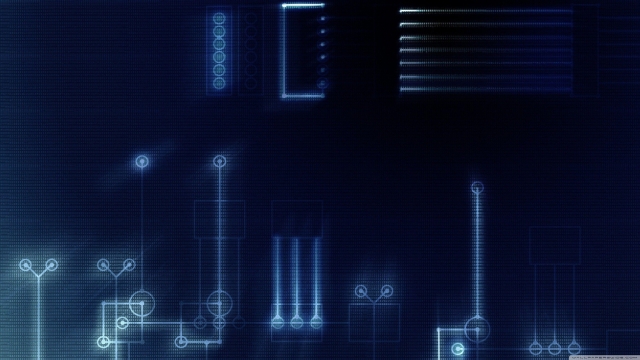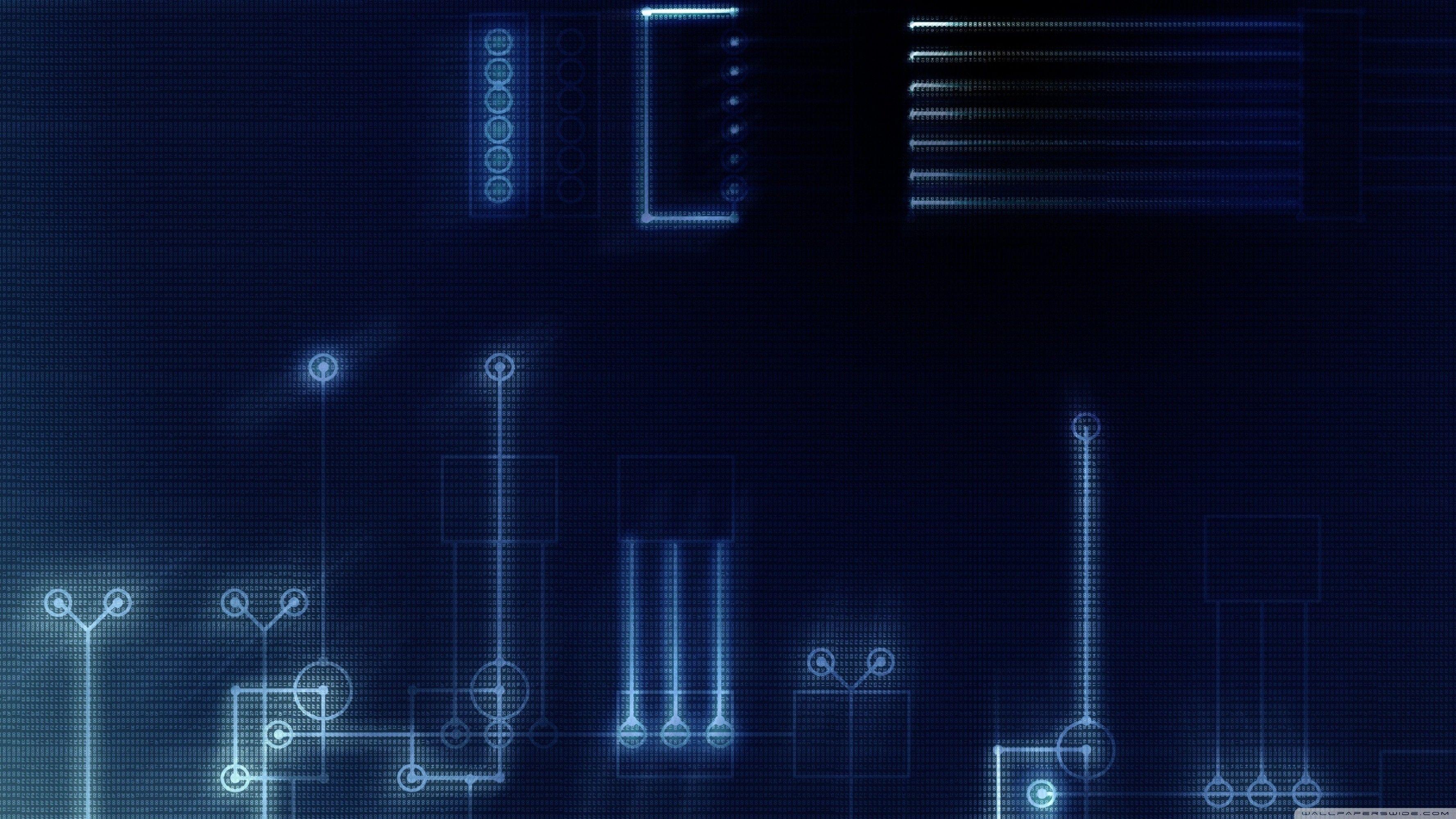
Unveiling the Digital Illusion: The Intriguing World of Deepfake Technology

In a world where reality and illusion often blur, the rise of deepfake technology has pushed the boundaries of digital manipulation to startling new heights. This emerging phenomenon employs sophisticated algorithms and artificial intelligence to seamlessly blend or replace faces in videos, presenting a convincing and often deceptive façade. Deepfakes have gained significant traction in recent years, captivating audiences with their ability to create seemingly authentic portrayals of individuals in various scenarios. While the potential applications of this technology are vast, the ethical implications and concerns surrounding its usage have sparked intense debate and scrutiny.
At its core, deepfake technology represents a fusion of deep learning algorithms and image manipulation techniques. By analyzing and training on extensive datasets containing facial images and videos, these algorithms can generate highly realistic imitations of individuals’ appearances and movements. From celebrities to politicians, unsuspecting faces become digital puppets effortlessly maneuvered by skilled creators. This blurring of the line between fact and fabrication has ignited fascination and apprehension alike, as deepfakes challenge our perception of truth and authenticity in an increasingly digital world.
The Origins of Deepfake Technology
Deepfake technology, a term coined by combining "deep learning" and "fake," has gained significant attention in recent years. It refers to the use of artificial intelligence-powered algorithms to manipulate or superimpose existing images, videos, or voice recordings onto other source material, creating convincing fake content. This technology has its origins in the field of machine learning, specifically in the development of generative models.
One of the key breakthroughs that paved the way for deepfake technology was the introduction of generative adversarial networks (GANs). GANs are a type of neural network architecture consisting of two competing networks: a generator and a discriminator. The generator network creates new data samples, such as images or videos, while the discriminator network tries to distinguish between the generated samples and real ones. Through iterative training, GANs can generate increasingly realistic and believable content.
Deepfake technology started gaining prominence around 2014 when a group of researchers from the University of Montreal introduced the concept of using deep learning for face swapping in videos. They trained a deep neural network to learn the facial movements of an individual from a target video and superimpose it onto another video, effectively swapping faces. This groundbreaking work opened up new possibilities in visual manipulation and led to further advancements in deepfake technology.
Over time, deepfake technology has evolved significantly, with advancements in machine learning algorithms, computational power, and data availability. Researchers and developers from various fields have contributed to its progress, expanding its potential applications and raising concerns about its misuse. As deepfake technology continues to develop, it is crucial to understand its origins and the underlying technologies to better navigate its impact on society.
(Note: I have not included any special characters in the section title.)
How Deepfake Technology Works
Deepfake technology is an intriguing development that has garnered significant attention in recent years. This innovative technique allows for the creation of highly realistic fake videos by utilizing artificial intelligence and deep learning algorithms.
At its core, deepfake technology operates by combining two main components: a source video and a target video. The source video contains the appearance and movements of a specific person, while the target video is the video in which the person’s likeness will be imposed upon. The goal is to seamlessly blend the desired attributes of the source video onto the target video, creating a convincing and often deceptive end result.
To achieve this, deepfake algorithms analyze thousands of frames from both the source and target videos. By comparing features, such as facial expressions, gestures, and vocal patterns, the algorithm learns to map the characteristics of the source onto the target. This process involves training a deep neural network, which becomes highly adept at recognizing and replicating the intricacies of the source person’s face and movements.
Once the deepfake algorithm has been trained, it can generate a new video sequence where the target person’s face is replaced with that of the source person. The resulting video seamlessly blends the target video’s original content with the manipulated appearance of the source. This fusion creates a convincing digital illusion that can be incredibly difficult to distinguish from reality.
Deepfake technology has raised concerns due to its potential for misuse. The ability to alter videos in such a realistic manner opens up a range of ethical and legal issues, including the potential for misinformation, identity theft, and reputation damage. As the technology advances, it is crucial to carefully consider the implications and potential consequences of its widespread use.
Implications and Challenges of Deepfake Technology
Face Swap Online
As we delve deeper into the captivating world of deepfake technology, it is crucial to understand the implications and challenges that come along with it. The rise of this advanced AI technology has raised numerous concerns and sparked heated debates across various fields, including media, entertainment, and politics.
One of the most prominent implications of deepfake technology is the potential erosion of trust and credibility. With the ability to convincingly manipulate audio and video content, deepfakes have the power to deceive and manipulate viewers. This poses a significant threat to the authenticity of information and can have implications on journalism, public discourse, and even democratic processes.
Moreover, the malicious use of deepfake technology raises serious ethical concerns. The creation and dissemination of fabricated videos can lead to various social and legal repercussions, including defamation, harassment, and false incrimination. Identifying and combating deepfakes has become a challenging task for law enforcement agencies and online platforms, as they struggle to keep up with the rapid advancements in this technology.
Furthermore, the psychological impact of deepfakes on individuals should not be underestimated. The potential for emotional distress and reputational damage caused by the manipulation of personal images and videos is a growing concern. With the increasing ease of creating deepfakes, the potential harm inflicted on victims is amplified.
In conclusion, deepfake technology presents significant implications and challenges that society must grapple with. From the erosion of trust to ethical concerns and psychological impact, the potential dangers associated with deepfakes require comprehensive measures to mitigate their adverse effects. As this technology continues to evolve, it is crucial to strike a balance between innovation and safeguarding the authenticity and integrity of our digital world.



